- 02 9712 1736
- [email protected]
- 212 Great North Road, Five Dock, NSW 2046
- Open 7 days a week
When you’ve been sitting too long at your desk or stuck in a car during a long commute, that stiff, achy feeling in your back or legs isn’t just annoying—it’s your body sending a clear signal. Cutting-edge research reveals that even short periods of inactivity trigger complex biological processes that impact muscle health. A landmark 2021 study published in Frontiers in Sports and Active Living1 shows that sitting for just 4.5 hours without movement increases back muscle stiffness by over 16%, while simple muscle contractions can reverse this effect. Let’s explore what happens when we stay still and how small changes to our daily habits can make a big difference.
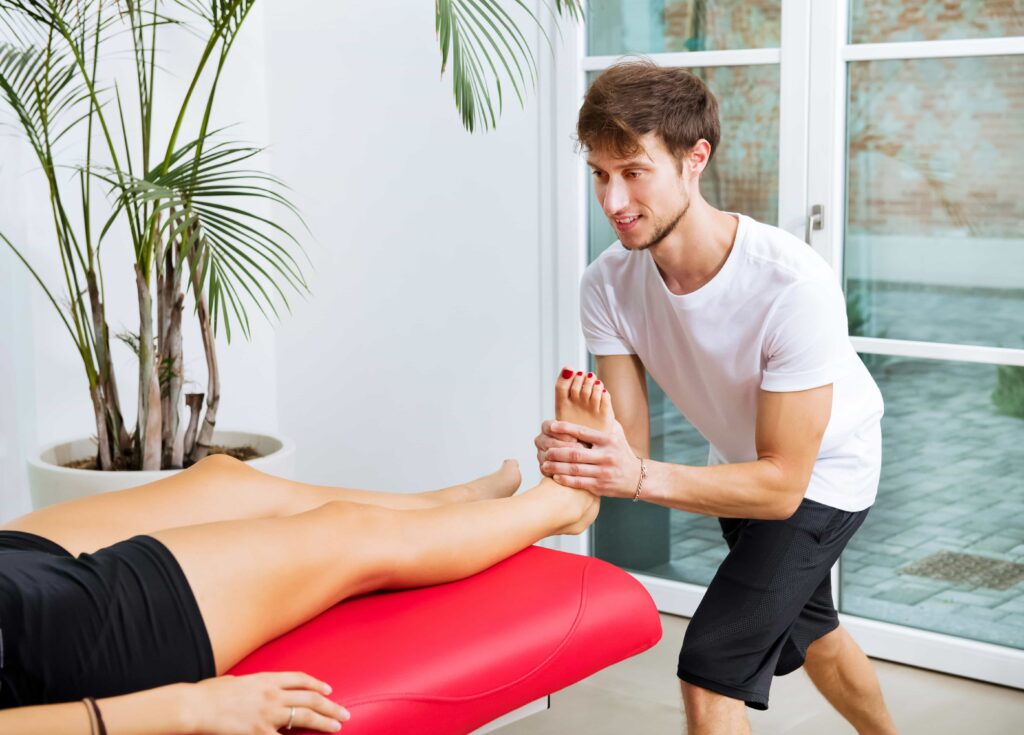
Did you know sitting for just 4.5 hours can increase muscle stiffness by 16%? Your muscles aren’t just passive ropes waiting to be moved. They’re living tissues that need regular movement to stay healthy. When you remain still, your muscles undergo fascinating changes at the molecular level. Proteins called actin and myosin form temporary bonds, similar to biological Velcro. Blood flow to your muscles can drop by up to 50%, while waste products build up. The good news? Research shows that simple, consistent movement breaks every 45 minutes can reverse these effects. You don’t need intense exercise, even gentle muscle contractions can maintain flexibility and prevent stiffness. By making small changes like two-minute stretch breaks or active sitting techniques, you can keep your muscles healthy and responsive throughout your day.
Modern work and lifestyles often trap us in chairs for hours, and our muscles pay the price. Researchers found that sitting without regular movement doesn’t just make you fidgety—it physically changes your muscle tissue. In controlled experiments, participants who sat for 4.5 hours showed significant increases in lumbar (lower back) stiffness, while those who performed gentle muscle contractions through guided stimulation maintained healthier muscle flexibility1.
This happens because muscles aren’t passive ropes—they’re living tissues that thrive on rhythmic activity. Without movement, metabolic waste builds up, blood flow slows, and microscopic structures within muscle fibers begin to stick together. Imagine pouring honey into a jar: if you never stir it, the honey thickens and resists flowing. Your muscles behave similarly when deprived of movement1.

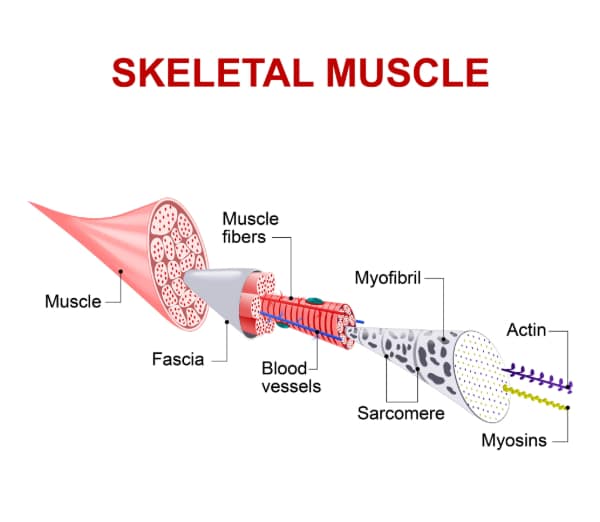
At the microscopic level, muscle stiffness arises from tiny interactions between proteins called actin and myosin. These proteins normally slide past each other during movement, but during prolonged stillness, they form temporary bonds that act like biological Velcro. The longer you sit, the more these bonds strengthen—a process that begins in as little as 30 minutes1.
Researchers used a clever experiment to test this: applying gentle electrical pulses to lower back muscles during sitting sessions. When the pulses triggered actual contractions (motor threshold stimulation), stiffness decreased by nearly 11%. But when the pulses only provided sensory feedback without real movement (sensory threshold), stiffness increased just like in inactive participants1. This shows that actual muscle movement—not just nerve signals—is key to maintaining flexibility.
Your circulatory system and muscles work as partners. When you sit still, blood flow to postural muscles can drop by up to 50%, starving them of oxygen and allowing metabolic waste to accumulate. This triggers a cascade of effects:
The study’s motion, capture data revealed that posture alone doesn’t solve this, as participants’ sitting positions didn’t differ between sessions. What mattered was whether their muscles actively contracted, acting as pumps to maintain circulation1.
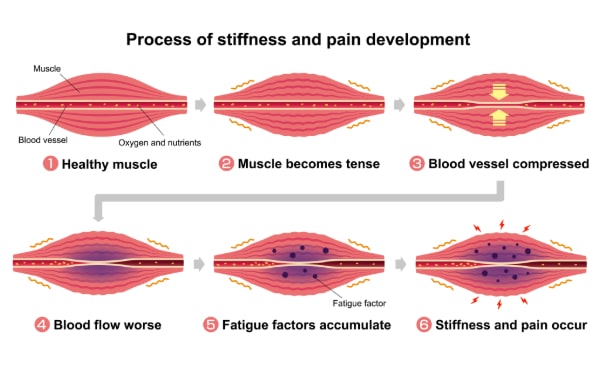
Your nerves aren’t just wires sending movement commands—they’re active participants in muscle health. During inactivity:
Remarkably, the electrical stimulation experiment showed that forcing muscle contractions “resets” this system. After 4.5 hours of stimulated movement, participants’ lower back muscles weren’t just less stiff—they were more flexible than when they started1.
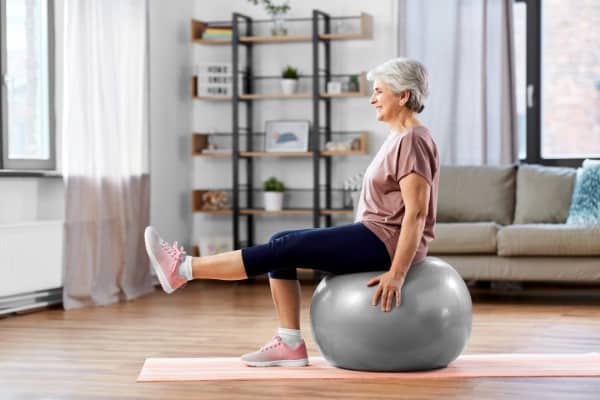
The research points to two key strategies:
“The stimulation study proves that even small, regular contractions counteract stiffness,” notes lead researcher Dr. Sichting1. “You don’t need intense exercise—consistent light activity keeps muscles responsive.”
You will be amazed at how easy it is to bring movement into your day, once you begin to focus on it. Little changes done consistently add up. For example:-
As the study shows, these habits aren’t just about comfort, they physically alter muscle tissue at the molecular level1. Participants using active stimulation saw stiffness decrease over hours, proving our bodies adapt positively to consistent movement.
Chronic muscle stiffness isn’t just a nuisance, it’s a risk factor for serious issues like chronic back pain and reduced mobility. The same researchers note that office workers with high sitting times show earlier signs of disc degeneration1. This supports similar studies of people who perform sedentary jobs, like truck drivers, who often suffer from lower back pain. But there is good news. The study’s active intervention group maintained healthier muscle states. This suggests that simple changes that activate your muscles can have protective effects. Decreasing your risk of chronic back pain or reduced mobility.
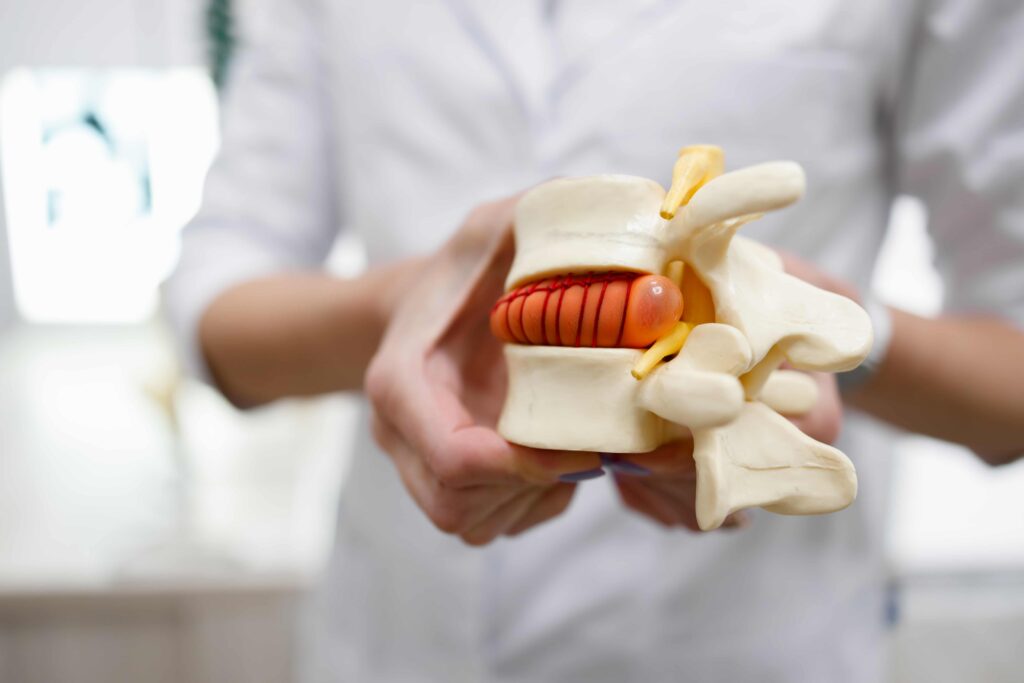
We often associate being active with hours at the gym or out running marathons. However, we don’t need to do this to combat the effects of inactivity. Studying the research shows:
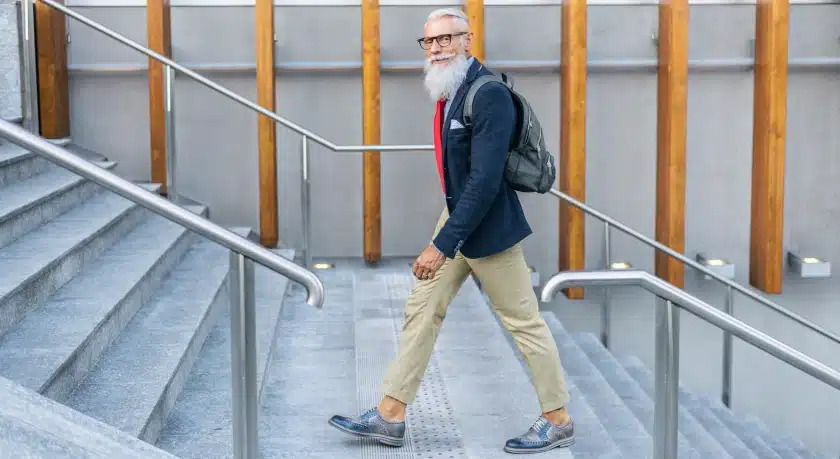
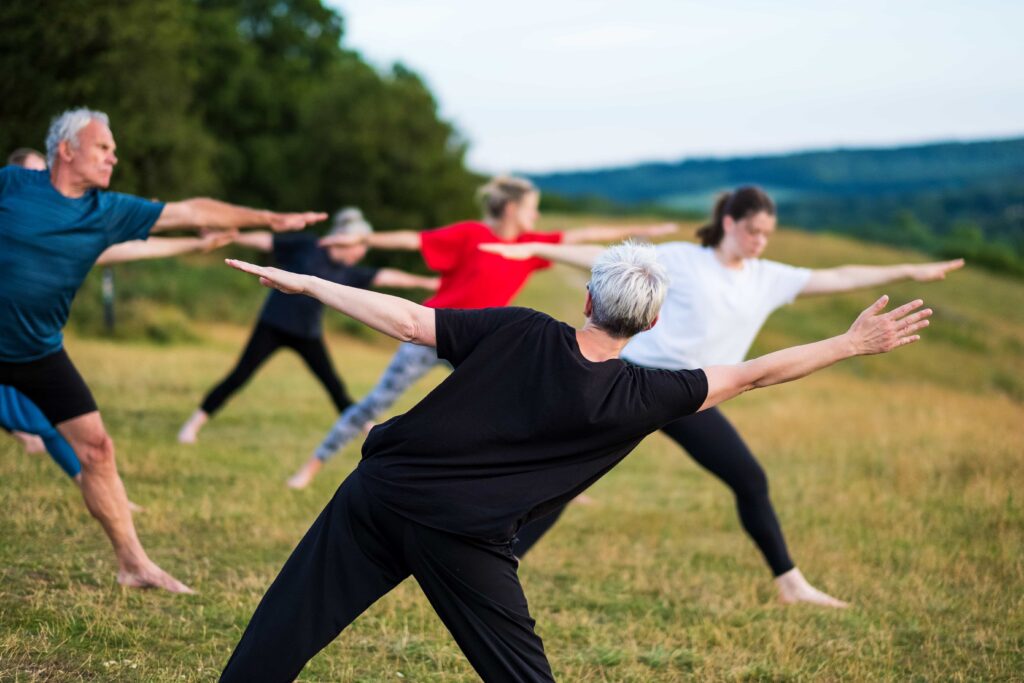
Next time you feel that familiar muscle stiffness and ache pain creeping in, remember: your muscles are talking. By understanding their needs and responding with science-backed movement, you’re not just relieving discomfort, you’re nurturing a healthier, more resilient body.
This article uses findings from peer-reviewed research published in Frontiers in Sports and Active Living1, with practical applications vetted by physiotherapists, chiropractors and ergonomics experts. Always consult a healthcare provider for personalized medical advice.
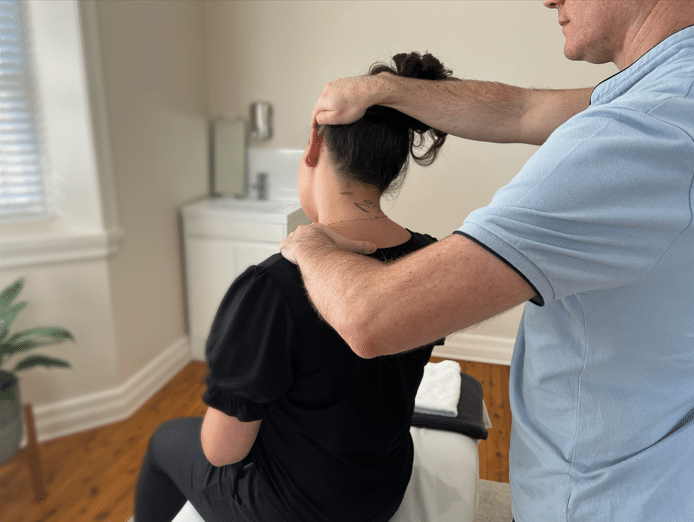
Forest Lodge, Annandale, Glebe, Leichhardt, Balmain, Haberfield, Canada Bay, Rozelle, Rodd Point, Wareemba, Stanmore, Petersham, Lilyfield, Hunters Hill, Enfield, Cabarita, Mortlake, Rhodes, Burwood Heights, Birchgrove, Gladesville, Huntleys Point, Abbotsford, Ashfield, Croydon Park, Croydon, Chiswick, Russell Lea, Burwood, Strathfield, Concord, Drummoyne, North Strathfield, Liberty Grove, Dulwich Hill, Lewisham, Camperdown, Ashbury, Homebush, Homebush West, Woolwich, Henley, Summer Hill, Sydney Olympic Park

About
Five Dock Osteopathic & Chiropractic is located in Canada Bay, in Sydney’s Inner West. Servicing suburbs including Burwood, Croydon, Drummoyne, Five Dock, Haberfield, Concord, Abbotsford, Chiswick, Leichhardt, Wareemba, Russell Lea, Summer Hill, Strathfield.
Clinic hours
Monday, Tuesday, Thursday 7AM – 7PM
Wednesday, Friday 7AM – 6PM
Saturday 7AM – 2PM
Sunday 8AM – 2PM
Contact details